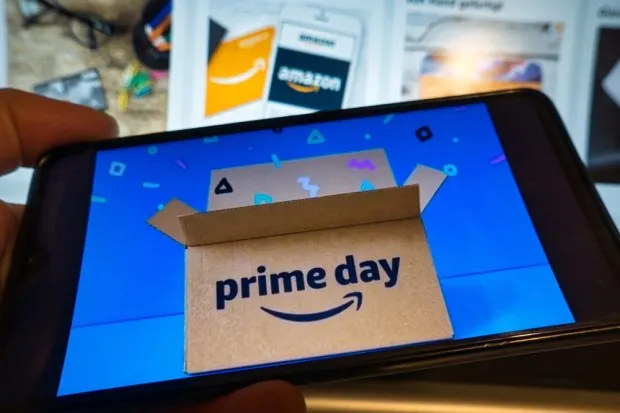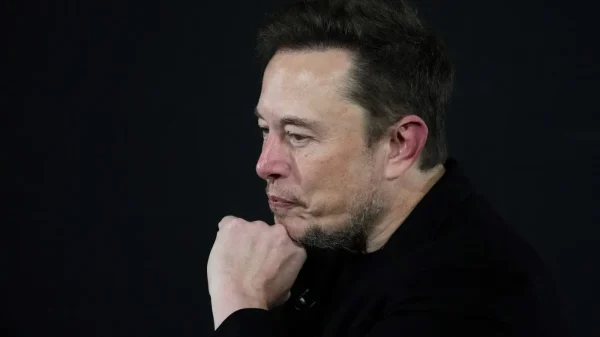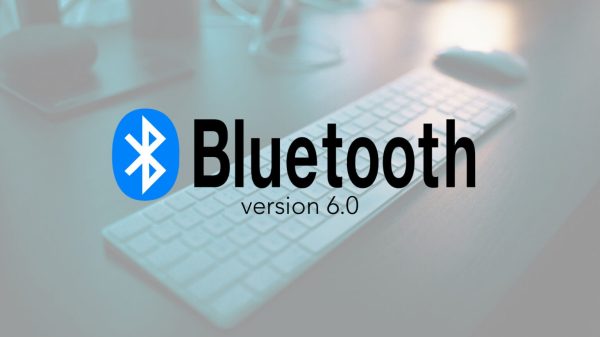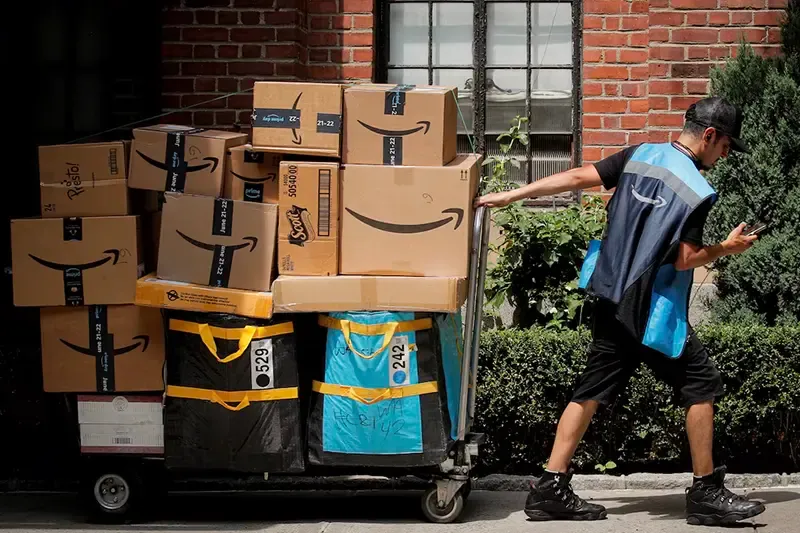Amazon is making a change to its In-Garage Delivery service for Prime members, a convenient option that places packages in a secure location, protected from bad weather and porch pirates. The delivery service, which has been free for Prime members since its inception, will now come with a fee for deliveries that are not made on the customer’s designated Amazon Day.
Starting October 4, Amazon will charge a $2 fee for Prime members using In-Garage Delivery on days that are not their designated delivery day. This means that each time a Prime member requests a garage drop-off on a day when they did not designate as their delivery day, they will incur an additional cost.
Amazon’s decision to charge a fee is part of a larger effort to increase revenue and cut costs during challenging economic times. The company has already made several changes to its delivery policies, including raising the minimum purchase cost for free shipping for non-Prime members to $35 in several markets.
One possible workaround for Prime members who do not want to pay the fee is to save all their orders for delivery on the same day each week, which would be their designated Amazon Day. However, this may not be feasible for everyone, especially those who have urgent delivery needs. For those who cannot wait for their designated Amazon Day, Amazon suggests designating a particular drop-off spot for the package that is less exposed than the front door. However, this location must not be inside the garage.

Amazon Begins Charging a Fee for Some Prime Garage Deliveries
Amazon’s In-Garage Delivery service is a convenient option that allows delivery drivers to place packages inside customers’ garages, protected from the elements and potential theft. The delivery driver scans the package and requests one-time access to the garage, which has to be a compatible smart-home model. Amazon Key then verifies the package and driver’s location before opening the garage door. Once inside, the delivery driver places the package in the garage and exits, tapping a button in their delivery app to close the garage door.
While the convenience of in-garage delivery is undeniable, the introduction of the $2 fee may be a nuisance for some Prime members. The change is part of Amazon’s efforts to generate more revenue and streamline its operations. In addition to the new delivery fee, the company has also laid off around 27,000 workers since the start of the year, which is approximately 8% of its corporate workforce.
Amazon’s shift towards charging for in-garage delivery is another example of the company’s efforts to stay financially sustainable. As the retail terrain continues to evolve, Amazon is adapting its policies to meet the changing needs of its customers. While this change may be a drawback for some Prime members, it is likely an effort to balance the company’s financial goals with the convenience of its services.
The introduction of the $2 fee for in-garage delivery on non-designated days may be a slight increase in cost for Prime members, but it is unlikely to significantly impact the overall service. For those who value the convenience of in-garage delivery, the fee may be a small price to pay for the added security and peace of mind that comes with avoiding potential theft and bad weather.









































